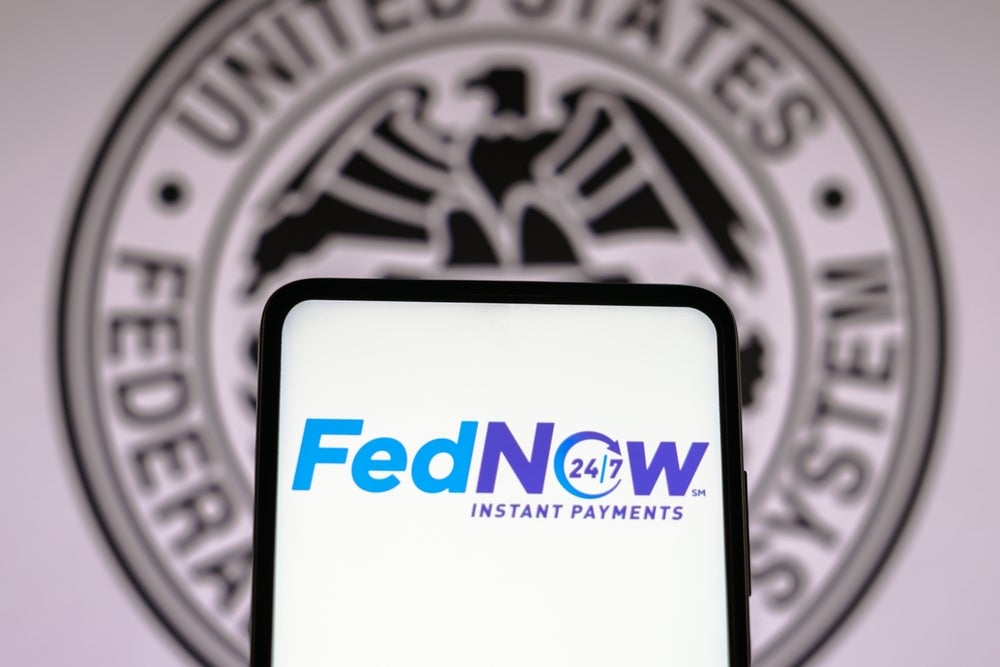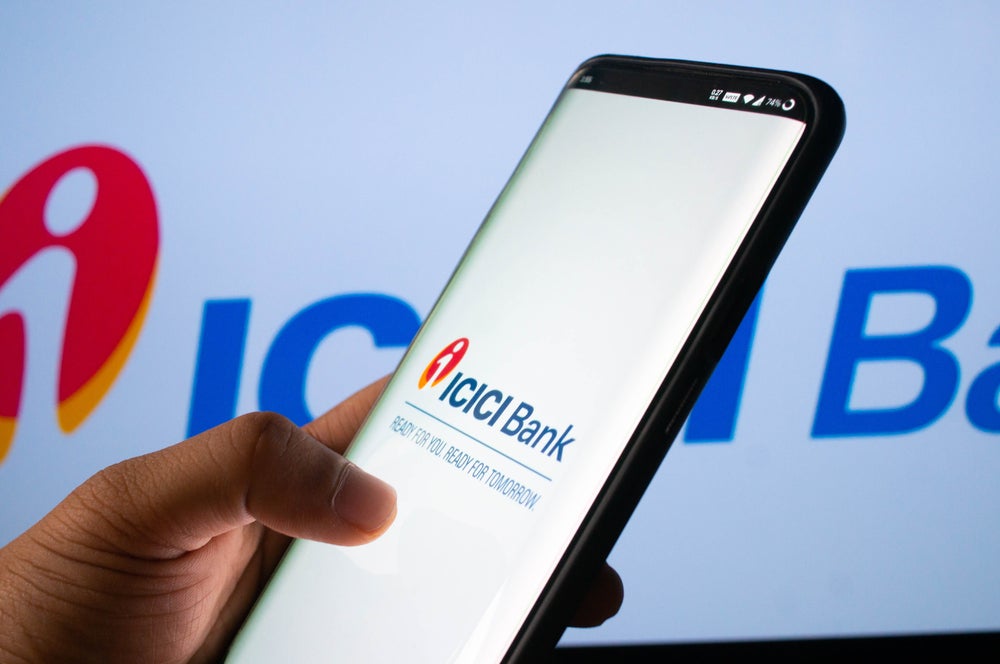The new, post-Durbin, regulatory
landscape has issuers in the United States rethinking product
design, and reconsidering hybrid card offerings
New credit card products may help issuers
retain customers, but in the new interchange environment, debit
cards have to remain a part of the product set.
Caps on the fees that issuers generate from
debit card purchases took effect in October, reducing revenue for
large banks by as much as $6.6 billion annually, according to a
report from Javelin Strategy and Research. These fee caps, stemming
from the Durbin amendment to the Dodd-Frank Act, are intended to
lower the costs merchants pay to accept debit cards.
Whether Durbin will ultimately kill the
concept of hybrid cards is still an open question, but it is
clearly inspiring some players to revisit their potential.
Whether mag-stripe combined with contactless
or debit combined with credit, hybrid card products seem to offer
some promise as a way for issuers to adjust to changes in the
interchange environment through product segmentation.
How well do you really know your competitors?
Access the most comprehensive Company Profiles on the market, powered by GlobalData. Save hours of research. Gain competitive edge.

Thank you!
Your download email will arrive shortly
Not ready to buy yet? Download a free sample
We are confident about the unique quality of our Company Profiles. However, we want you to make the most beneficial decision for your business, so we offer a free sample that you can download by submitting the below form
By GlobalDataThe hybrid concept – cards that typically
enable a consumer to link any existing checking account to a card
issued by another bank – has been around for several years now, and
has been an on-off trend in US retail banking.
The idea of marrying debit and credit card
products could become more enticing to banks as they search for
ways to minimise revenue losses resulting from new restrictions on
debit fees.
Hybrid debit/credit cards could enable
cardholders to select which transactions they wish to be paid
immediately from current account funds and which they want
classified as credit transactions.
Processes in place
Total System Services (TSYS) has been
marketing its TSYS Hybrid card functionality to banks that includes
a line of credit and the ability for a consumer to attach up to
five ‘demand deposit accounts’, each from different financial
institutions if desired. Several US banks are piloting the product,
according to Sarah Hartman, the senior director of payment
solutions at TSYS.
“We see the hybrid card as a way for issuers
to capture more transactions,” says Hartman. “It ensures that their
card is the card which the consumer is using for payment
purposes.”
TSYS is positioning its hybrid card
functionality as a way for consumers to better manage their
payments by setting preferences by dollar amount or merchant
category and directing transactions to credit or to demand deposit
accounts. For example, all payments under $100 or all purchases at
grocery stores could be handled as debit, and all other
transactions would be routed to the credit account. Cardholders may
even switch payments from one account to another after the
fact.
TSYS assembles a daily list of transactions
made with the card. If the debit payments come from an outside bank
account, the funds would be moved over the ACH network. If the
deposit account is at the same bank that issued the credit card,
TSYS would send a file to the bank so it could handle the transfers
internally.
Hartman says the product appeals to consumers
because it does not require any jarring changes in their payment
habits, and has no impact on merchants from the acceptance
side.
The hybrid card also has great potential for
tying a greater percentage of purchases to rewards programmes, she
says.
“Loyalty and rewards is a prime reason for
hybrids,” she says. “Most people have multiple reward cards in
their wallets and some rewards programmes are richer than others,
so consolidating their accounts on a single platform is really
powerful.”
All the decision-making happens within TSYS’s
network, so from the merchant perspective all purchases are handled
as credit transactions and carry credit interchange rates.
Hybrid cards are an ideal way for issuers to
better segment their portfolios in a post-Durbin and CARD Act
world. “The hybrid card itself is a credit card as far as it looks
from the decisioning and processing side,” says Hartman.
“We have talked to different financial
institutions about re-looking at their overall payments mix, and
getting the right formula. Nothing is one-size fits-all any more,
and the hybrid approach gives issuers a great deal of
flexibility.”
Fifth Third first
Fifth Third Bank brought the first
debit-credit hybrid to market in its Duo, which was launched in
2011.
Research with its own customers suggested that
there was a significant demand for the two-in-one cards, according
to Jon Groch, senior vice president and director of bank card
services at Fifth Third.
“Many of our customers use both type of cards
– debit for smaller purchases and credit for those larger purchases
they want to pay off over time,” says Groch. “Customers like the
idea of being able to choose credit or debit while carrying just
one card.”
The MasterCard-branded Duo is designed to
solidify core banking relationships, Groch says, because the hybrid
card requires cardholders to have a Fifth Third checking account in
order to apply for one.
“In the long-term we are positioning Duo as a
debit card,” Groch says. “It can be seen as an upgraded debit
product with a revolving line of credit attached.
“We don’t know where we’ll see the majority of
transactions. Some will be debit-first, some credit-first. They’ll
be some who use their credit card first and pay off with the
checking side each month.”
Groch says that Duo appeals to either type of
customer. For the credit-first cardholders, the debit functionality
gives the cardholder access to ATMs for cash withdrawals.
“They still need access to the ATM, even if
they rarely use the debit side of the card,” he says. “For that
segment of the market, they need ATMs and so they can carry one
card and get cash when they need it.”
The hybrid card essentially eliminates
signature debit, encouraging more use of PIN-based debit or credit,
rather than signature debit. This is to Fifth Third’s advantage
because signature debit transactions have higher fraud costs than
PIN debit.
At the point of sale, the cardholder swipes
the card and is prompted to choose credit or debit. If the
cardholder selects debit, they type in their PIN, and if they
select credit, they sign for the purchase and the cost of the item
is charged to their line of credit.
Credit purchases are linked to Fifth Third’s
Real Life reward programme. “This is a relationship card, really,”
Groch says. “You have checking and a line of credit with us. We see
this as an integration tool, linking the card to overdraft
protection built in to the platform.”
However, Fifth Third is clear that the new
interchange environment played little role in Duo’s launch. “The
card was designed to meet the needs of our customers and it really
is based on our research,” says Groch. “It is not driven by the
Durbin Amendment. The Durbin environment is certainly a factor but
we were already well on the way to giving cardholders more options,
and trying to make the card more of a core relationship tool.”
Yet it is hard to ignore the fact that the Duo
card enables Fifth Third to move at least some of its debit
transactions authorised by signature outside the Durbin cap and
allows it to preserve its higher interchange, as well as build
finance charges and other fee income associated with credit
cards.
Product development
The development of efficicient processing
platforms, and the emergence of new technology such as alerts and
customised controls provide rich opportunities for developing new
products.
Capital One experimented with a model that
allowed consumers to consolidate accounts from any bank.
Transactions on the card were to move from the merchant to the
issuer on one of the card networks before being transferred to the
ACH system to access a cardholder’s bank account directly.
That never made it to market. And now at least
one hybrid debit card firm is shutting its operations down, blaming
the Durbin amendment’s debit interchange rules. Tempo Payments has
rolled out a number of hybrid cards over the past three or four
years, at one point even touting a model that had merchants issuing
the cards.
But large merchants never really got on board,
so Tempo shifted to a co-branded approach, and now the company is
winding down its operations and blaming rules it says make its
decoupled debit programmes unsustainable in the long term.
Positive approach
Not everyone is ready to throw in the towel on
decoupled debit, however. The National Payment Card Association
offers a decoupled-debit card that has operated on a closed-loop
model for convenience stores and other petroleum merchants for more
than seven years.
In August, the company began offering
open-loop cards that authorise transactions over the Pulse network.
The company saves money by operating as the processor and issuer,
thus keeping all of the interchange revenue. Merchants
participating in National Payments’ closed-loop network have 10,000
total locations.
Decoupled debit may or may not face regulatory
oblivion, but there still are many hybrid angles issuers should be
investigating. For example, to counter the CARD Act’s prohibition
on raising cardholders’ interest rates when their borrowing
patterns signal higher risk, issuers could offer those customers a
hybrid credit/charge card to ensure balances were paid off
regularly.
Dynamics LLC, a Pittsburgh-based startup, may
have the next hybrid model: its wafer-thin card features an
electronic display that randomly changes several digits of the card
number, making it impossible for anyone to capture or copy the
number and reuse it. The card’s magnetic strip transmits
information to the credit card company’s verification server before
transactions are approved. The Dynamics model could open up all
sorts of hybrid card possibilities, with its two-way communication
in real time.
Dynamics’ MultiAccount card could let
consumers punch those buttons on the front of the plastic and
rewrite mag stripe data at the point of sale. This would, for
example, allow the cards to point to more than one account. Its
other hybrid card concept, the Redemption card, allows consumers to
use the card to pay for a purchase with either rewards points or
credit. The merchant sees the purchase as credit and then on the
back end the issuer sees the purchase as coming from rewards
points.
Several banks currently are testing Dynamics’
high-tech plastic cards that include buttons a user can press to
select which account to make a purchase with. Citigroup is testing
a version that lets customers use the card to pay with a line of
credit or their rewards points.
A new white paper from Frost & Sullivan’s
Smart Card Group touts what it describes as “dual interface
solutions” such as smart cards as the most convenient and reliable
technology enabling end-users to interact through both contact and
contactless interfaces.
In the white paper, entitled “Are you looking
for the world-class dual interface solution?” Frost & Sullivan
said that issues are recognizing the advantages of secure and
convenient hybrid card-based systems.
With smart cards barely making a dent in the
US cards market, hybrid approaches seems much better suited to the
post-Durbin landscape. Look for a variety of approaches to emerge
in 2012, as issuers tailor a variety of responses to a challenging
marketplace.







